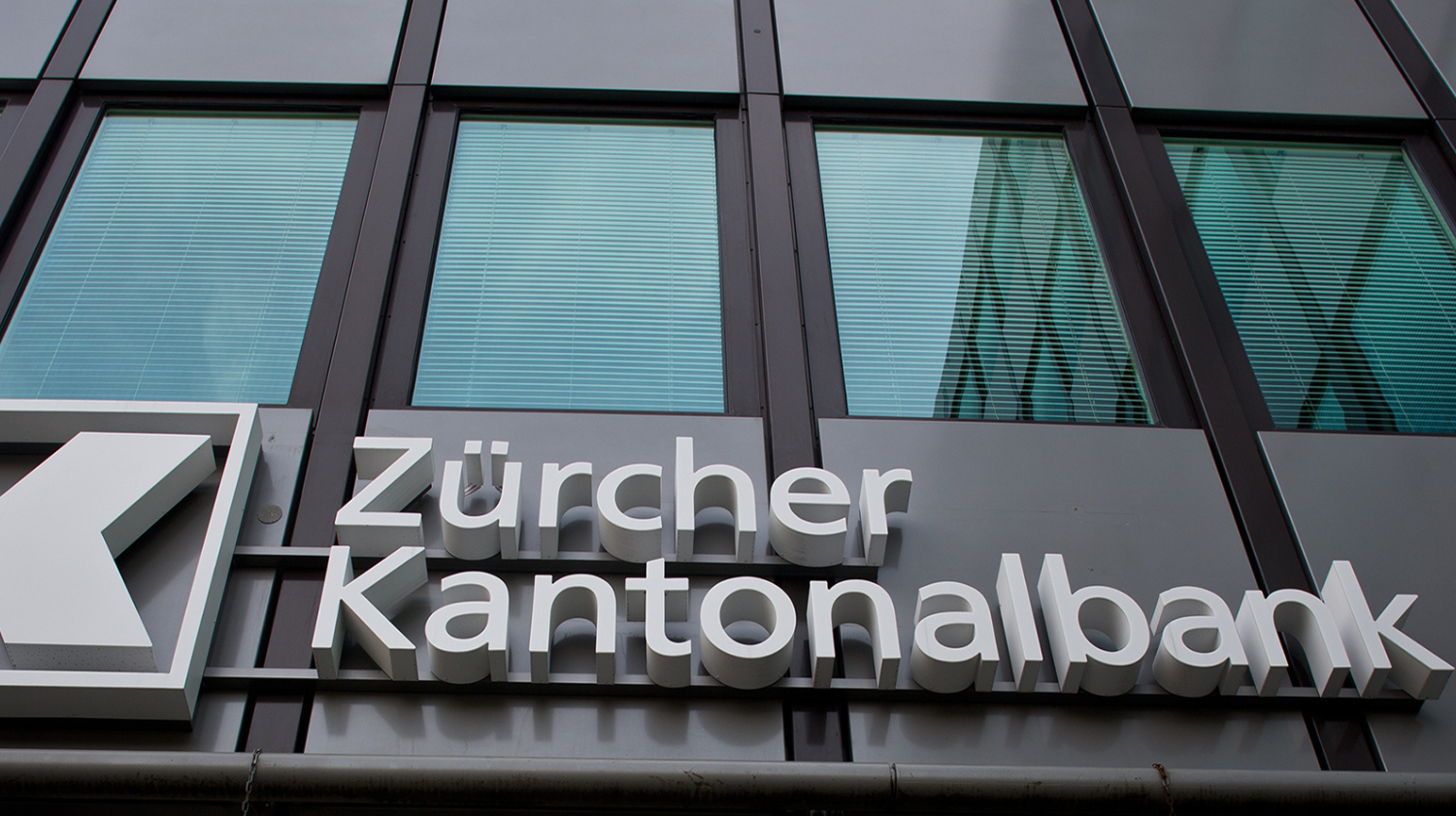
Bitcoin, the original and most renowned cryptocurrency, has become synonymous with the potential of blockchain technology to revolutionize finance. This guide delves into Bitcoin’s origins, how it operates, and its impact on the world of digital currency.
Bitcoin is a digital currency created to operate without the need for centralized authorities like banks or governments. It allows for peer-to-peer transactions, enabling individuals to exchange value directly. Unlike traditional currencies, it is decentralized, meaning it isn’t controlled by any single entity. Instead, it runs on a network of computers using blockchain technology to ensure transparency and security.
Origin of Bitcoin
Bitcoin was introduced in 2009 by an anonymous figure or group known as Satoshi Nakamoto. Before Bitcoin, traditional currencies were limited by factors like inflation and cumbersome cross-border transactions, often requiring banks as intermediaries. It was designed to overcome these limitations by allowing fast, borderless transactions on a peer-to-peer network, all while maintaining user privacy and security through cryptography and blockchain.
How Does It Work?
A standout feature of Bitcoin is its capped supply—only 21 million bitcoins will ever exist. This scarcity gives the Cryptocurrency a value similar to precious metals, distinguishing it from fiat currencies, which can be printed in unlimited quantities. The transactions are recorded on a public ledger called the blockchain. Once a transaction is verified and added to the blockchain, it becomes immutable, ensuring transparency and preventing manipulation.
It’s uniqueness has inspired the creation of numerous other cryptocurrencies, known as altcoins. Despite its volatility, it’s limited supply, decentralized nature, and secure transaction method make it a revolutionary financial asset.
Security
The security is underpinned by a combination of cryptographic algorithms and a decentralized network. Here’s how it works:
- Proof-of-Work: This consensus mechanism validates transactions. Miners solve complex mathematical problems to add new transactions to the blockchain. This process requires significant computational power, making it difficult for malicious actors to compromise the network.
- Cryptographic Algorithms: Bitcoin uses advanced cryptography to secure transactions, employing algorithms like SHA-256 and ECDSA to prevent double-spending and ensure transaction integrity.
- Decentralized Network: Since Bitcoin operates on a decentralized network, no single entity controls it. This reduces the risk of manipulation and ensures the system’s robustness.
- Public Ledger: All transactions are recorded on the blockchain, a public ledger accessible to anyone. This transparency ensures that each Coin can only be spent once, preventing fraud.
Uses of Bitcoin
The applications are diverse, catering to various needs:
- Store of Value: Due to its limited supply and decentralized nature, it is often seen as a hedge against inflation and a secure store of wealth.
- Online Purchases: The decentralized structure allows for borderless transactions, making it a popular choice for online purchases, especially in regions with strict currency controls.
- Investment: Many view it as a valuable investment, given its scarcity and potential for appreciation. While its price can be volatile, Bitcoin’s limited supply makes it an attractive option for diversifying portfolios.
- Cross-Border Payments: The peer-to-peer network enables seamless cross-border transactions without the need for intermediaries, making it ideal for international payments.
- Fundraising and Charitable Donations: The transparency and decentralization make it a powerful tool for fundraising and donations, ensuring funds reach their intended recipients without intermediaries.
How to Mine the Cryptocurrency
The mining involves validating transactions and adding them to the blockchain. Miners use powerful computers to solve complex mathematical problems, with the first to solve a problem earning newly created bitcoins. Mining requires specialized equipment and significant energy, making it a competitive and resource-intensive process.
There are several ways to mine:
- Solo Mining: Individuals use their own resources to mine Bitcoin. This method requires substantial investment in hardware and electricity.
- Mining Pools: Miners combine their resources in a pool, increasing their chances of earning rewards, which are then distributed among participants.
- Cloud Mining: Miners rent computing power from a service provider, avoiding the need for physical hardware. However, this method carries the risk of scams, so it’s crucial to choose a reputable provider.
How to Buy and Sell
It can be bought and sold on various cryptocurrency exchanges. To purchase Bitcoin, you’ll need a digital wallet and an account on a platform like Coinbase or Binance. After verifying your identity and linking a payment method, you can buy Bitcoin using fiat currency. The selling is similarly straightforward, involving placing a sell order on an exchange.
Advantages and Disadvantages
Advantages:
- Security: Advanced cryptography protects transactions, making Bitcoin a secure option for storing and transferring value.
- Decentralization: Without central control, Bitcoin offers greater freedom and privacy, reducing the risk of government interference.
Disadvantages:
- Volatility: The price can fluctuate dramatically, posing risks for long-term holders.
- Lack of Regulation: The decentralized nature of Bitcoin can make it vulnerable to fraud and scams.
- Limited Adoption: Despite growing popularity, Bitcoin is not yet widely accepted as a payment method, limiting its everyday use.
The Future
Since its launch in 2009, the Digital Currency has grown from a niche digital currency to a global financial asset. Its limited supply, decentralized framework, and innovative technology have positioned it as a valuable store of wealth and a catalyst for the broader cryptocurrency revolution. However, Bitcoin’s future as a peer-to-peer payment system remains uncertain, with scalability challenges and competition from other cryptocurrencies potentially shaping its role in the financial ecosystem.












